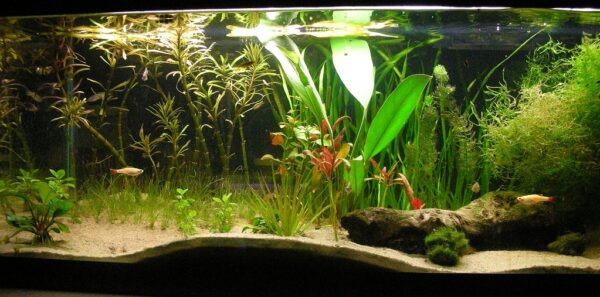Aquascaping, the art of creating stunning underwater landscapes, hinges on the choice and arrangement of aquatic plants. These plants are more than just decorative elements; they play a crucial role in maintaining the ecological balance of your aquarium. This guide delves into the fascinating world of aquascaping plants, offering insights into their selection, care, and contribution to your aquatic masterpiece.
Understanding Aquatic Plants: The Basics
The Role of Aquatic Plants in Nature
In natural habitats, aquatic plants are vital for maintaining a balanced ecosystem. They provide oxygen, shelter, and breeding grounds for various aquatic species. In aquascaping, these plants replicate the same roles, contributing to a healthy and vibrant aquarium environment.
What Defines an Aquatic Plant?
Aquatic plants, or hydrophytes, are specially adapted to thrive in water-rich environments. They differ from terrestrial plants in their structure, growth mechanisms, and nutritional needs. Understanding these differences is key to successful aquascaping.
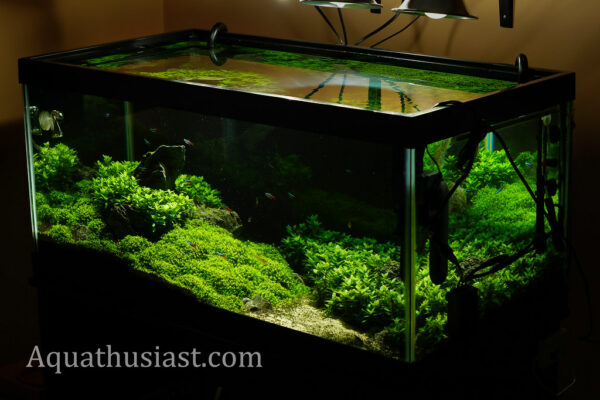
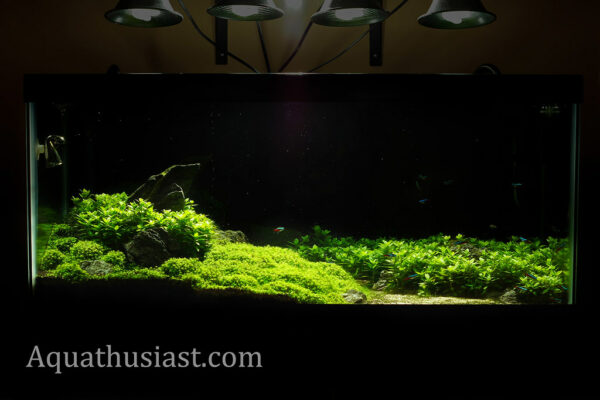
The Science of Photosynthesis in Aquatic Plants
Photosynthesis in aquatic plants involves the conversion of light energy into chemical energy, which sustains the plant and contributes to the oxygenation of the water. This process is influenced by factors like light intensity, carbon dioxide levels, and nutrient availability.
Light: The Primary Driver of Photosynthesis
Light is crucial for photosynthesis. In aquascaping, replicating natural light conditions is essential for plant health. Consider factors like light duration, intensity, and quality when setting up your aquarium lighting.
Carbon Dioxide: A Vital Ingredient
Aquatic plants absorb carbon dioxide from the water, which is a key component of photosynthesis. In aquascapes, supplementing CO2 can promote healthier and more robust plant growth.
Nutrients: The Building Blocks of Plant Health
Aquatic plants require a balance of macro and micro nutrients for optimal growth. These nutrients are absorbed from the water and substrate, and their availability can significantly impact plant health.
Selecting Plants for Your Aquascape
Choosing the right plants for your aquascape involves considering their light, CO2, and nutrient requirements, as well as their aesthetic appeal and growth habits. Here are some popular choices for different skill levels:
Beginner Plants
For those new to aquascaping, easy-to-care-for plants like Anubias and Cryptocoryne are ideal. They are adaptable and require minimal special conditions.
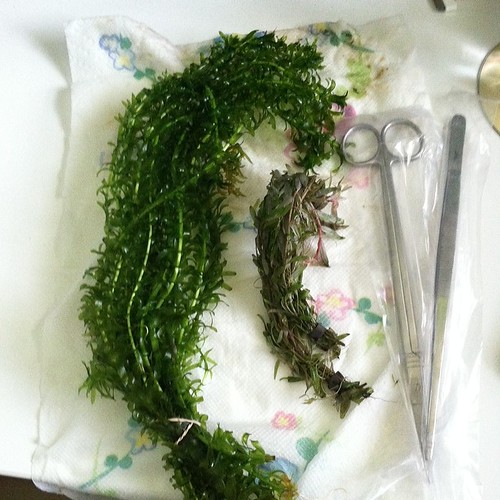
Intermediate Plants
As your skills grow, explore plants like Alternanthera or Echinodorus, which have higher light and CO2 needs but offer more dramatic visual impact.
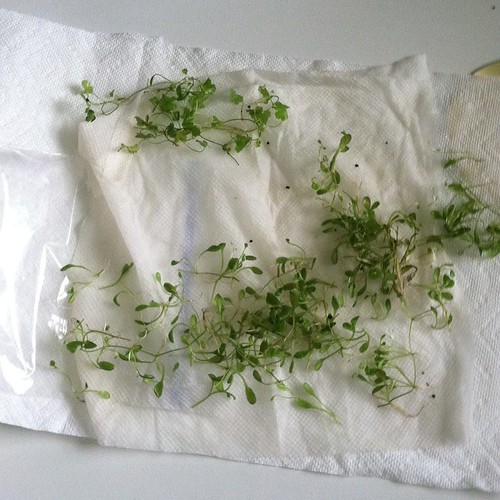
Advanced Plants
For experienced aquascapers, challenging plants like HC Cuba and Glossostigma demand high light and CO2 levels but reward with stunning, lush growth.
Creating a Balanced Aquascape
A successful aquascape is a harmonious blend of different plant types, each fulfilling a specific role. Use a mix of foreground, midground, and background plants to create depth and interest. Pay attention to color, texture, and growth patterns to achieve a visually appealing and ecologically balanced setup.
Common Challenges and Solutions in Aquascaping
Even the most carefully planned aquascapes can face challenges. Common issues include algae growth, nutrient imbalances, and lighting problems. Regular maintenance, monitoring water parameters, and adjusting your care routine can help overcome these challenges.
Conclusion: The Art and Science of Aquascaping
Aquascaping is a rewarding hobby that combines artistic creativity with an understanding of aquatic biology. By choosing the right plants and providing them with the care they need, you can create a thriving underwater world that is both beautiful and beneficial to its inhabitants.
FAQs:
- What are the best plants for a beginner aquascaper? Anubias and Cryptocoryne are excellent choices for beginners due to their low maintenance and adaptability.
- How important is lighting in aquascaping? Lighting is crucial as it drives photosynthesis, influences plant growth, and impacts the overall appearance of the aquascape.
- Can I mix different types of plants in my aquascape? Absolutely! Mixing different plant types adds depth, contrast, and visual interest to your aquascape.
- How often should I fertilize my aquatic plants? The frequency of fertilization depends on the plant species and the nutrient levels in your aquarium. Regular testing and observation are key.
- What is the most challenging aspect of aquascaping? Balancing the aesthetic design with the biological needs of the plants and aquatic life can be challenging but is essential for a successful aquascape.

